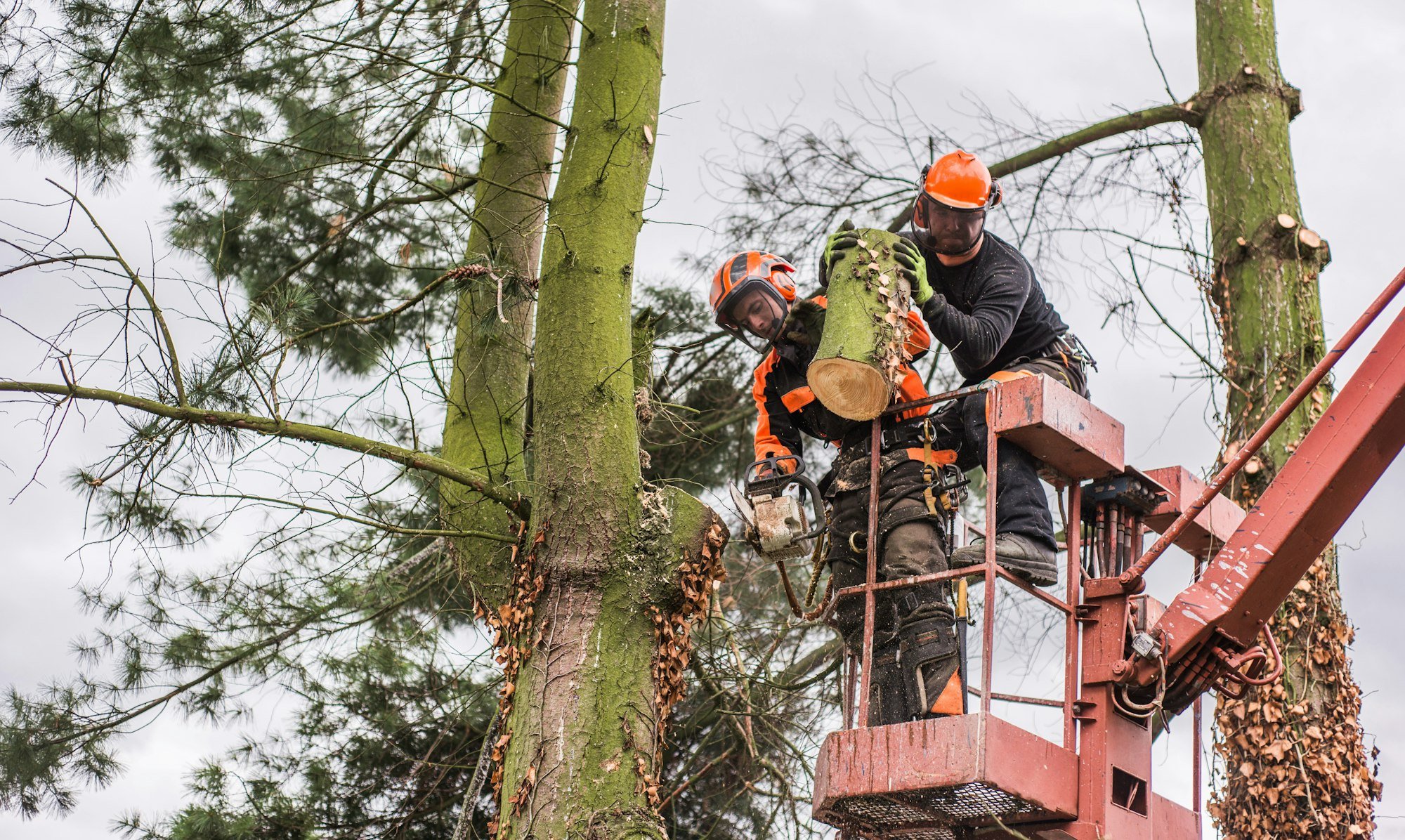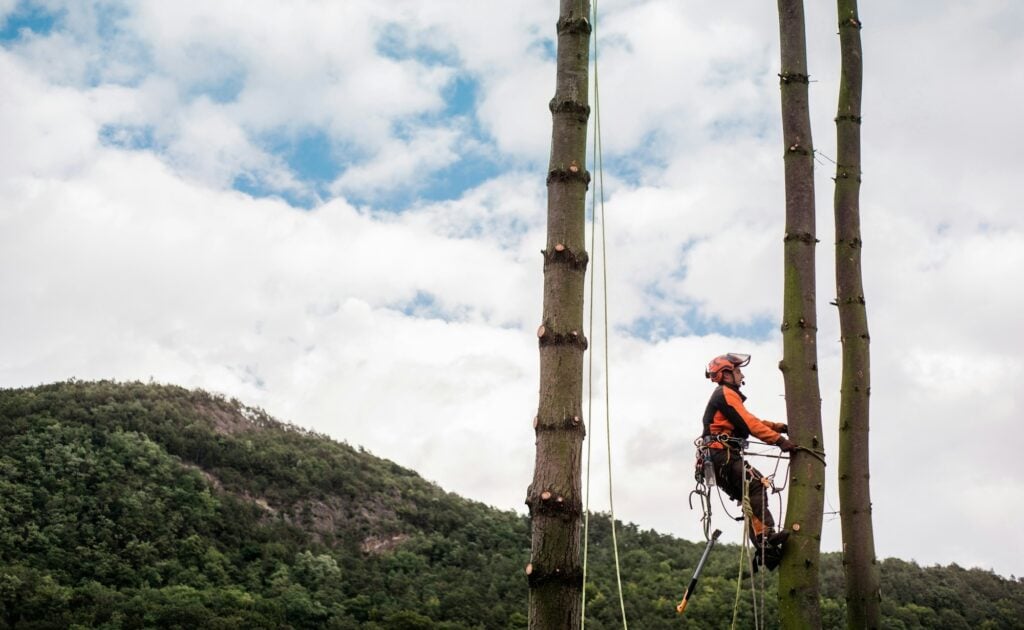How Soil Conditions in Paterson can Affect Your Trees
The health of your trees is closely linked to the quality of the soil they grow in. From compacted soil that restricts root expansion to poor drainage that leads to waterlogged roots, soil conditions in Paterson, NJ, can cause health challenges for your trees. Understanding the specific soil issues in your area is essential for maintaining healthy trees. Keep reading to learn how soil conditions harm your trees and what steps you can take to protect them.
Soil Problems in Paterson
Various factors can affect your trees, making them vulnerable to disease, pest infestations, and even structural instability. Common issues include:
Compacted Soil
- Compacted soil is a common problem in urban and suburban areas like Paterson. When the soil is too tightly packed, it restricts the growth of roots, limiting their ability to absorb water and nutrients.
Trees in compacted soil may struggle to develop a strong root system. This makes them more susceptible to toppling during storms and more likely to experience stunted growth.
Poor Drainage
- Poor drainage is another common problem in Montclair and nearby areas like Paterson.
Areas with heavy clay content are particularly prone. Poorly drained soil can lead to soggy roots, depriving them of the oxygen they need to thrive.
Prolonged exposure to overly wet conditions can cause root rot, a serious condition that weakens trees.
Nutrient Deficiencies
- Another concern is nutrient-poor soil. Trees require a balanced combination of nutrients to grow strong and healthy. If the soil lacks essential elements like nitrogen, phosphorus, or potassium, your trees may show yellowing leaves, weak growth, and a reduced ability to fight off diseases and pests.
Soil pH Imbalance
- The pH level of the soil is also crucial for tree health. Soil that is too acidic or too alkaline can prevent trees from absorbing the nutrients they need. Certain areas in Paterson may have soil with a pH imbalance. This leads to poor tree health and makes them more vulnerable to environmental stressors.
Addressing these soil conditions is essential for ensuring that your trees remain healthy and strong. Regular soil testing and proper tree care can help mitigate these issues. Consulting with a professional arborist for optimal soil care is essential, as they can diagnose specific soil problems and recommend targeted treatments.
Tips to Resolve Soil Issues in Paterson
- Most of these soil health problems can be effectively addressed through proper soil and landscape management practices. Here are some simple steps to improve soil quality, support plant growth, and enhance overall health:
Implement Erosion Control Measures
- Opt for erosion control measures, such as planting grasses and shrubs with fibrous root systems, installing retaining walls or terracing sloped areas, strategically placing rocks on low-gradient slopes, or using netting or mesh soil covers to hold soil in place.
Use soil aeration
- Solve soil compaction issues by using soil aeration. This is often done with a special tool called an air spade, which uses high-pressure compressed air to gently remove soil around tree and shrub roots without causing damage.
Add Organic Matter
- Add organic matter to the soil regularly, such as compost, or by spreading a layer of organic mulch on the soil surface. Measure and adjust soil pH as needed to maintain the optimal range for your plants.

Hire a Professional Arborist in New Jersey
- Whether you live in Paterson or Montclair, hire arborists to assess the specific needs of your trees, recommend appropriate soil amendments, and implement strategies to ensure your trees receive the nutrients they need to thrive.
To correct any nutrient deficiencies or other tree issues, contact American Tree Experts Inc. We are a professional tree pruning and nutrient management company. Our experts will develop a customized plant healthcare program and look after your trees in the best way possible. Call us at 973-774-6091 today and get a free quote for all your tree-related needs.



















 Be mindful of the potential mess from fruit, sap, or needles. A fruit tree near a sidewalk will require regular cleanup, and a pine tree near a driveway can cover your car in sap at certain times of the year.
Be mindful of the potential mess from fruit, sap, or needles. A fruit tree near a sidewalk will require regular cleanup, and a pine tree near a driveway can cover your car in sap at certain times of the year.
 Tree risk assessment provides several key benefits:
Tree risk assessment provides several key benefits:


 Regularly inspect your trees for signs of tree-damaging pests, which can hide among leaves, branches, and the trunk. Check for discolored leaves and examine tree trunks for holes or frass. Promptly addressing issues can prevent infestations from spreading. If you notice a branch infested with beetles or other pests, remove it promptly to mitigate further damage. Familiarizing yourself with these signs can reduce future maintenance.
Regularly inspect your trees for signs of tree-damaging pests, which can hide among leaves, branches, and the trunk. Check for discolored leaves and examine tree trunks for holes or frass. Promptly addressing issues can prevent infestations from spreading. If you notice a branch infested with beetles or other pests, remove it promptly to mitigate further damage. Familiarizing yourself with these signs can reduce future maintenance.
 If you notice your soil consistently drying out during the summer months, consider implementing a slow, deep watering technique using a drip or soaker hose for your larger trees requiring hydration. Different trees have varying water needs, so it’s essential to avoid guesswork. A general guideline is to apply 5 gallons of water for every 1 inch of trunk diameter, repeating this process weekly in the absence of significant rainfall.
If you notice your soil consistently drying out during the summer months, consider implementing a slow, deep watering technique using a drip or soaker hose for your larger trees requiring hydration. Different trees have varying water needs, so it’s essential to avoid guesswork. A general guideline is to apply 5 gallons of water for every 1 inch of trunk diameter, repeating this process weekly in the absence of significant rainfall.